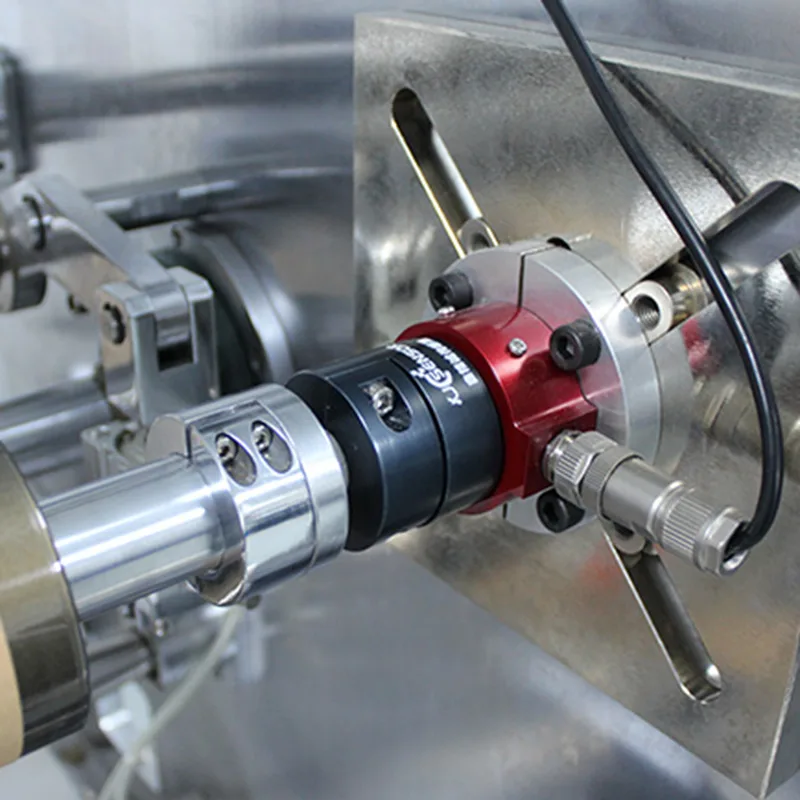Force sensors are important in many industries to accurately measure and monitor applied forces. To choose the best sensor, it’s important to know about the different types and how they work. In this article, we will explore the various types of force sensors and delve into their working mechanisms.
XJCSENSOR is a top force sensor manufacturer in China that you can trust.
Types of Force Sensors
There are different types of force sensors, each made for specific uses and measurements. Let’s examine some commonly used force sensor types:
Strain Gauge Load Cells
These force sensors use strain gauge technology. A strain-sensitive resistor is attached to a structural element. When a force is applied, the deformation of the element causes a change in resistance, which is proportional to the applied force. This change can be measured and converted into a force reading.
Piezoelectric Force Sensors
Piezoelectric sensors work by the piezoelectric effect. Some materials create an electric charge when stressed. The sensors have crystals that make electricity when they feel a force. The generated charge is then measured and translated into a force reading.
Capacitive Force Sensors
Capacitive sensors measure changes in capacitance caused by electrodes moving from force. The capacitance changes when the distance between the electrodes changes. This change allows for force measurement. By monitoring the capacitance variations, the applied force can be determined.
Magnetic Force Sensors
Magnetic force sensors detect changes in magnetic fields caused by applied force. They use magnetoresistive or Hall-effect technologies. These sensors employ magnetic elements that undergo changes in their attributes when subjected to a force. The alterations in the magnetic field are then measured to determine the magnitude of the applied force.
Optical Force Sensors
Optical force sensors rely on light-based techniques, such as strain-optic or fiber-optic technologies. These sensors employ the principles of light path or intensity changes caused by an applied force. By monitoring these changes, the applied force can be accurately measured.
Working Mechanism of Force Sensors
Although force sensor types have different working mechanisms, the fundamental principle is unchanged. When a force is exerted on a force sensor, it undergoes deformation or displacement. Different mechanisms, such as strain gauges or piezoelectric crystals, convert the physical change into an electrical signal. The electric signal is then processed, calibrated, and amplified to measure force accurately.

Applications of Force Sensors
Force sensors find applications in numerous industries, including:
Manufacturing
Force sensors are used for quality control in product testing, assembly line processes, and material testing.
Robotics
Robots can sense force to interact safely, do delicate tasks, and give accurate feedback.
Automotive
Force sensors are important in crash testing, suspension systems, seat belts, and brake force.
Medical Devices
Force sensors are used in medical devices. They monitor patients and assist with prosthetics, surgeries, and rehabilitation.
Aerospace
Force sensors contribute to structural testing, aerodynamics research, aircraft maintenance, and flight simulation.
To choose the correct sensor for a particular use, it is important to know about the various types of force sensors and how they work. There are various kinds of sensors, such as strain gauge, piezoelectric, capacitive, magnetic, and optical. Each type has its own working principle and advantages. Industries can improve accuracy, safety, performance, and innovation by using force sensors effectively.


